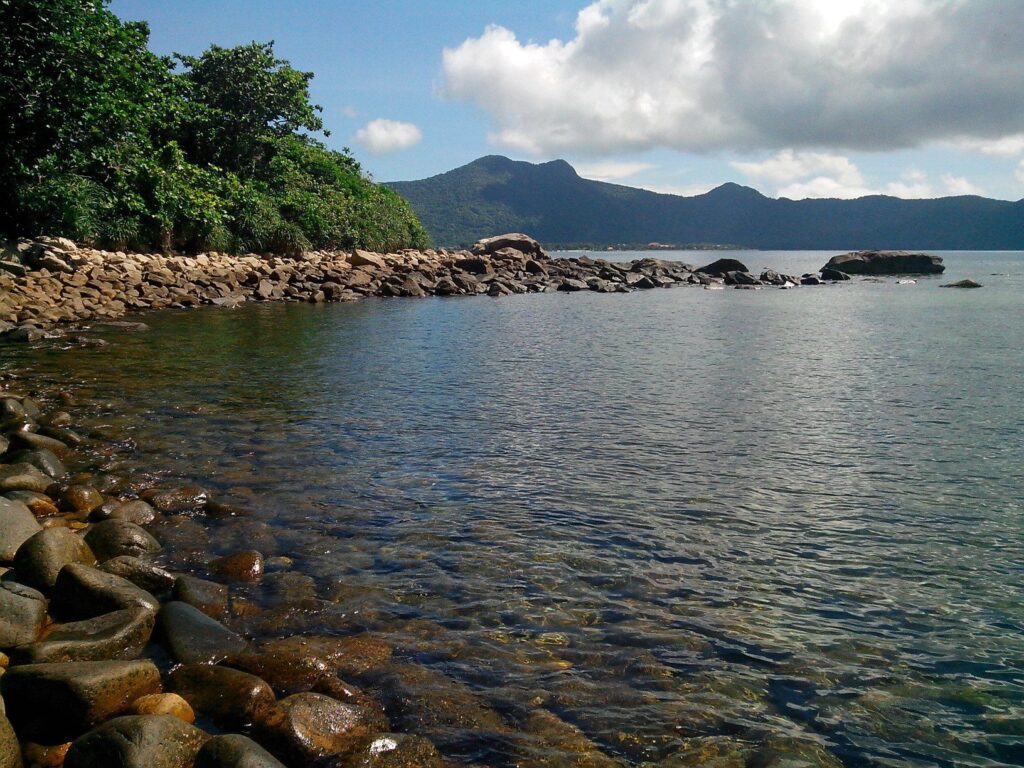In the early days, facilities on the island were extremely limited, and the French colonialists exploited prison labor to the fullest. The Lime Kiln, built by the French in 1864, stands as a stark reminder of the brutal forced-labor system and oppressive regime used to break the spirit of Vietnamese patriots imprisoned on the island.
During 1920–1921, the kiln was expanded and renovated. It specialized in burning coral to produce lime for construction across the island. The site operated with 4–5 prisoner teams overseeing the kiln. Forced labor here was divided into two groups:
One group was assigned to dive for coral, collecting four barge-loads per month.
The other group, consisting of 12 prisoners, transported the coral and operated the kiln to produce lime used for building houses, roads, and infrastructure.
Dangerous and Exhausting Labor
Coral harvesting depended on tidal conditions and often took place at 1–2 AM or late at night around 11 PM–12 AM. Beginning on the 24th day of each month, a team of around 80 prisoners was assigned this grueling work. If harvesting at night, they had to carry 70 torch bundles made from glass bottles.
Prisoners dove for coral 2–33 km from shore, dropping anchor at designated spots. Under the orders of the Mã tà (warden), they had to jump immediately into the freezing water, with only 3–4 dim torches providing light, and dive into coral pits 0.06 m to 1.20 m deep to extract coral.
Broken arms and legs were daily occurrences — cracked skulls were not uncommon.
“Sức cạn oan sâu ghê quá biển…”
(“The sea holds countless depths of suffering and injustice…”)
A Harsh Testimony of Colonial Brutality
The Lime Kiln Site is a powerful indictment of the French colonial policy of exploiting prisoner labor. After exhausting days of forced work, prisoners returned to cramped stone cells, freezing cold, starving, and barely clothed.
During the American period, this area was turned into a military post, with an additional building constructed nearby.
National Recognition
- On April 29, 1979, the Ministry of Culture and Information issued Decision No. 54-VHQĐ, designating the Lime Kiln Site as a Special National Historic Site.
- On May 10, 2012, the Prime Minister issued Decision No. 548/QĐ-TTg recognizing it as a National Special Relic.








